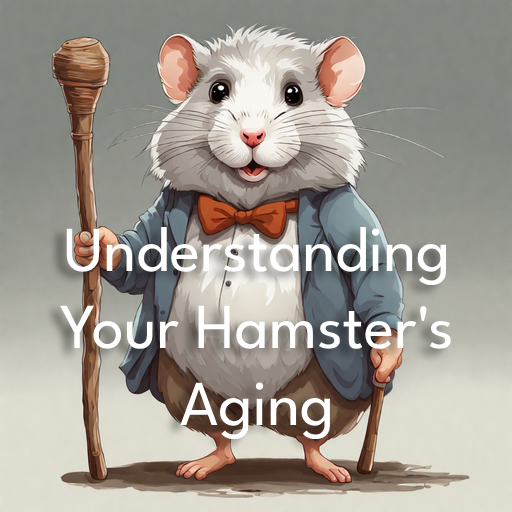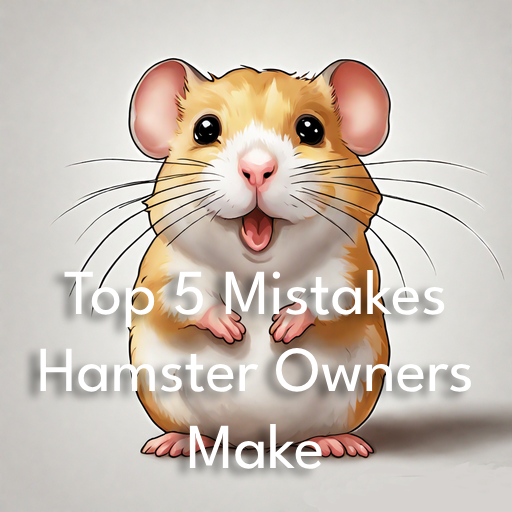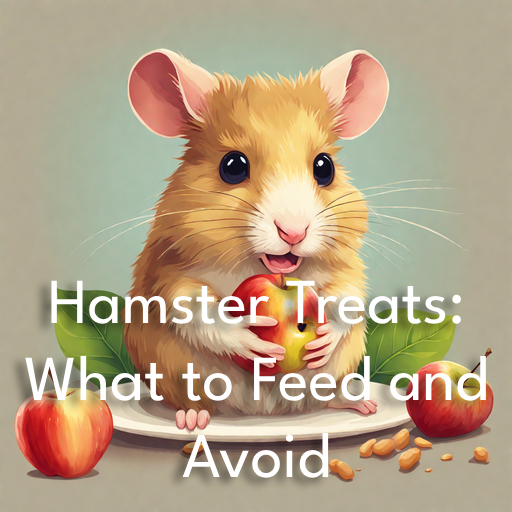Hamsters are beloved pets known for their tiny size, but how long do they live? Their age and lifespan can vary significantly depending on factors like breed and care. This comprehensive guide dives into the hamster’s lifespan, helping you understand their life stages and how to ensure a long and healthy life for your furry friend.
Average Hamster Lifespan
Hamsters have relatively short lifespans compared to some other pets. On average, a hamster’s lifespan is around two to three years. However, this can vary depending on factors like the species, genetics, and the level of care they receive.
For example, Syrian hamsters typically have a longer lifespan compared to dwarf hamsters. Golden hamsters, a type of Syrian hamster, can live up to four years or more with proper care. On the other hand, dwarf hamsters, such as Roborovski hamsters, often have shorter lifespans of around two years.
Genetics also play a role in determining how long your hamster will live. Some hamsters may inherit certain health conditions or weaknesses that can affect their longevity. Hamsters from responsible breeders are more likely to have a predictable lifespan due to controlled breeding and a reduced risk of genetic issues.
In terms of care, providing your hamster with a comfortable and safe habitat, a well-balanced diet, and regular exercise can significantly impact their lifespan.
Factors Affecting Hamster Lifespan
A hamster’s lifespan can be influenced by various factors:
Diet is a key component in determining a hamster’s lifespan. A balanced diet that includes high-quality hamster pellets, fresh vegetables, and occasional treats can contribute to a longer, healthier life. A poor diet lacking essential nutrients can lead to health issues that may shorten your hamster’s lifespan.
Housing conditions are equally important. Your hamster’s habitat should be safe, comfortable, and clean. Proper bedding, nesting material, and hiding spots are essential for their well-being.
Exercise and mental stimulation also impact a hamster’s longevity. Hamsters need opportunities to run and explore outside of their cage. A lack of exercise can lead to obesity and health problems. Even if your cage is big, it’s still a cage at the end of the day and is not enough to keep the hamster active. For that reason, we always recommend a quality wheel that can keep your hamster in good condition. This wheel is among the best on Amazon and is special because of how quiet it is.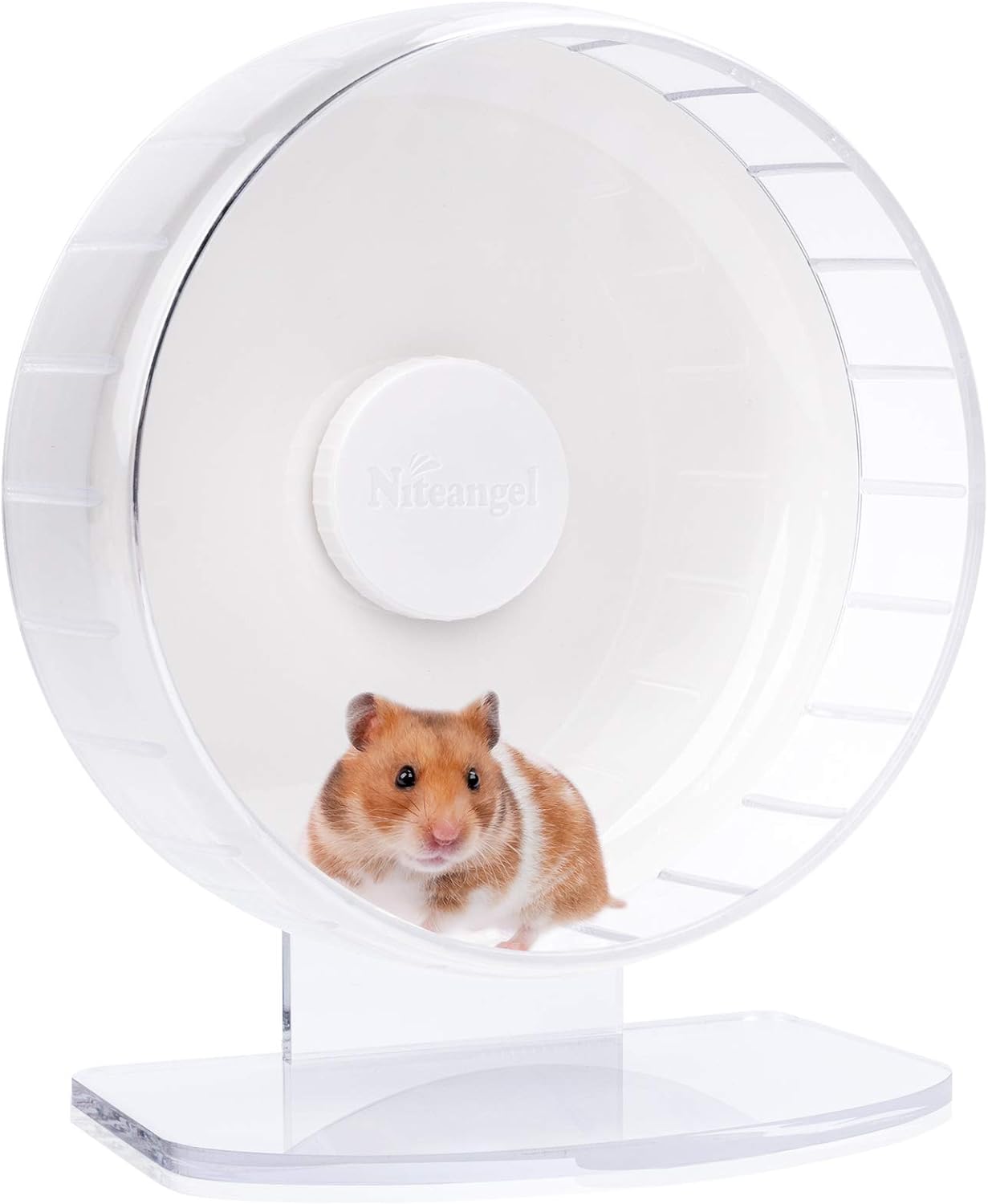
Recognizing Signs of Aging
Just like any other living being, hamsters change as they age. Understanding these changes is crucial for providing appropriate care.
One common sign of aging is a decline in activity levels. Older hamsters may not run as frequently or may seem less interested in exploring their enclosure. They might also sleep more.
Physical changes can include a graying or thinning of the fur. While hamsters typically have lush fur, older individuals may experience a change in their coat’s appearance.
A decrease in grooming behavior can also be a sign of aging. Younger hamsters are usually meticulous groomers, but older hamsters may groom themselves less frequently.
Loss of weight and muscle mass is another aging-related change. You might notice your hamster becoming lighter and less muscular.
In terms of behavior, some older hamsters become less tolerant of handling. They might prefer to spend more time alone in their nests.
As your hamster reaches their senior years, it’s essential to make adjustments in their living environment. Consider placing their cage in a quieter location, away from loud noises and excessive disruptions, which can reduce stress and enhance their quality of life. Also, make sure they have access to a warm and cozy nest to keep them comfortable.
Extending Your Hamster’s Lifespan
While genetics play a role in determining a hamster’s lifespan, there are several proactive measures you can take to help extend their life.
Firstly, create an ideal habitat for your hamster. Provide a spacious and secure cage with appropriate bedding, nesting material, and hiding spots. The cage that we find the best because of its size, devices included and ability to connect to other cages is this one: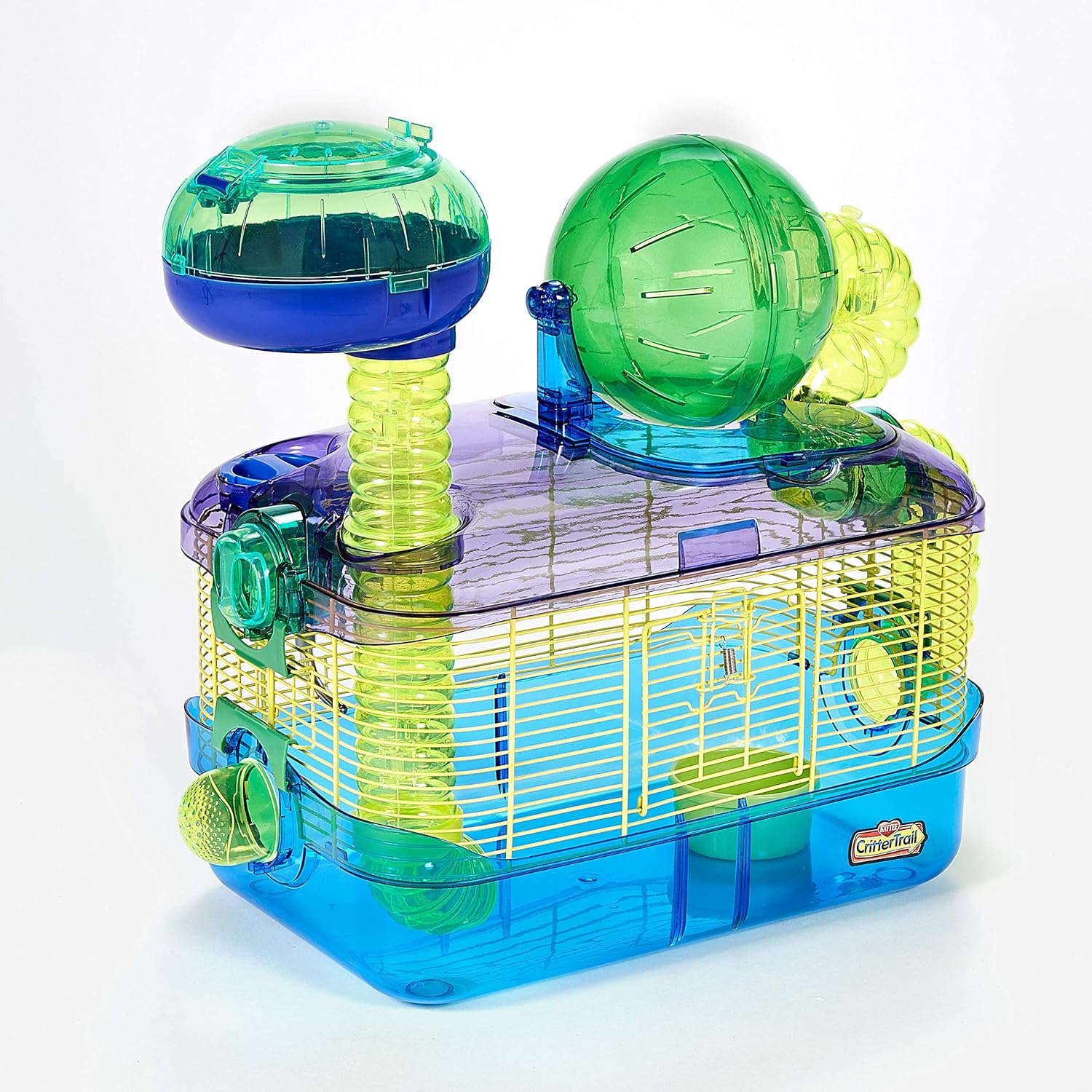
Keep the environment clean and safe to prevent accidents or illnesses.
Offer a balanced and nutritious diet. Hamsters need a combination of high-quality hamster pellets, fresh vegetables, and occasional treats. Avoid overfeeding, as obesity can shorten their lifespan. For more hamster food tips feel free to check our article 😊
Dental care: Another important aspect of extending your hamster’s life. Hamsters’ teeth continue to grow throughout their lives, and dental issues can become severe. Provide appropriate chew toys and consider regular tooth trimming by a veterinarian to prevent any problems.
Provide regular exercise opportunities. Hamsters need a wheel or a ball for physical activity, as well as time outside their cages for exploration. Ensure that their play areas are safe and free from hazards.
Stress management is vital for extending a hamster’s lifespan. Keep their environment as stress-free as possible. Avoid loud noises, sudden temperature changes, and excessive handling. If you feel your hamster is stressed, we wrote a guide on stress management with way more tips!
Regular veterinary check-ups are essential. A veterinarian experienced with small animals can detect health issues early and provide appropriate care.
Coping with the End of Life
The sad truth is that all pets, including hamsters, have a limited lifespan. As hamsters age, they may encounter health problems that can affect their quality of life.
Discussing your hamster’s condition with a vet can help you make informed decisions about their care and well-being.
In some cases, euthanasia might be considered the most compassionate choice if your hamster’s health deteriorates to a point where they are in pain or experiencing a severely diminished quality of life.
This compassionate decision ensures your pet doesn’t endure unnecessary pain or distress in their final days.
Understanding the grieving process is essential. It’s normal to feel sadness and loss when a beloved pet passes away.
Conclusion
Understanding hamster lifespan is an essential part of responsible pet ownership. By learning about their average lifespan, the factors that affect it, signs of aging, and how to extend their life, you’ll be well-equipped to provide the best care for your furry friend. Cherishing the moments with your hamster and ensuring their well-being throughout their life is a deeply rewarding experience.

